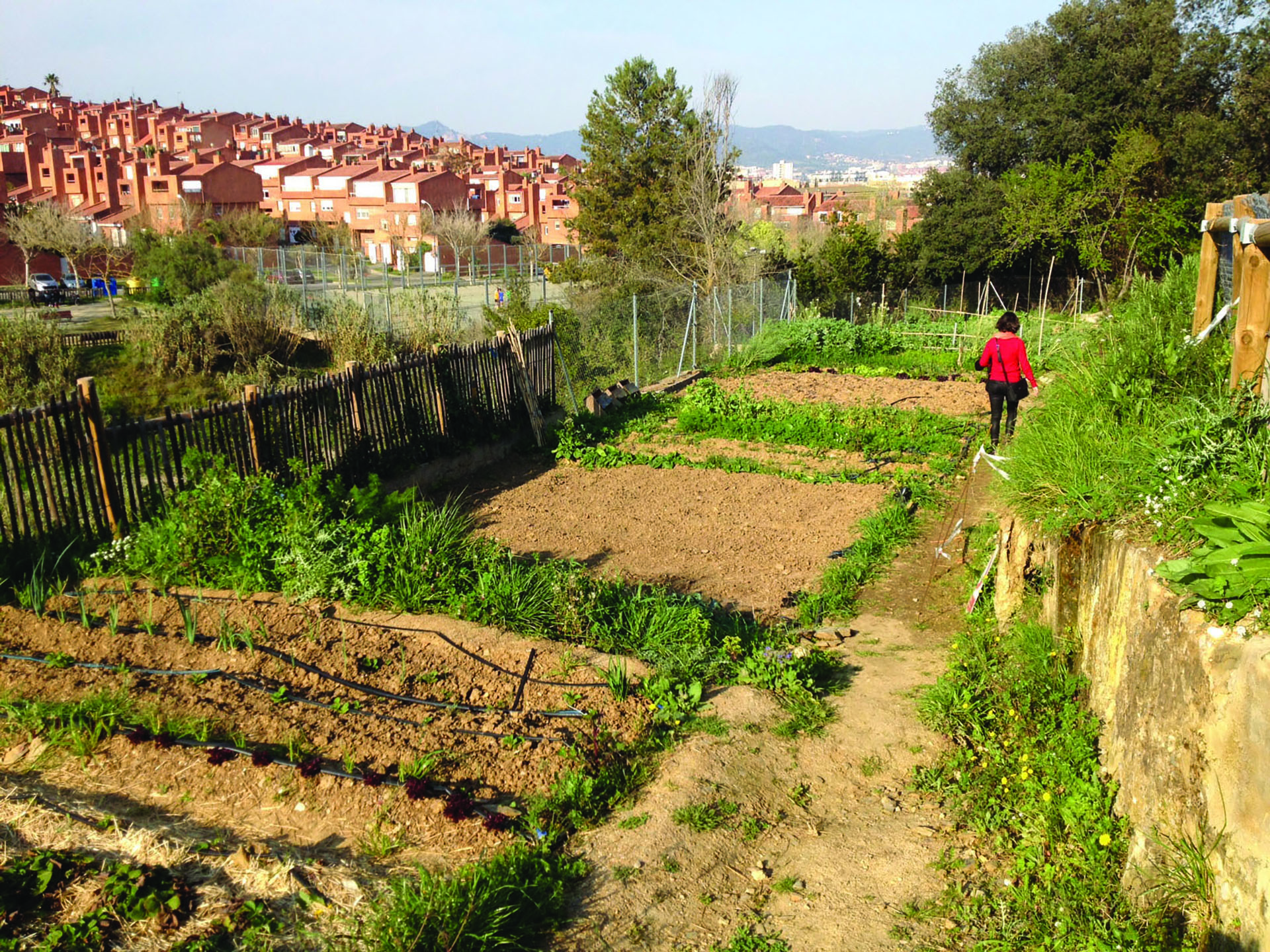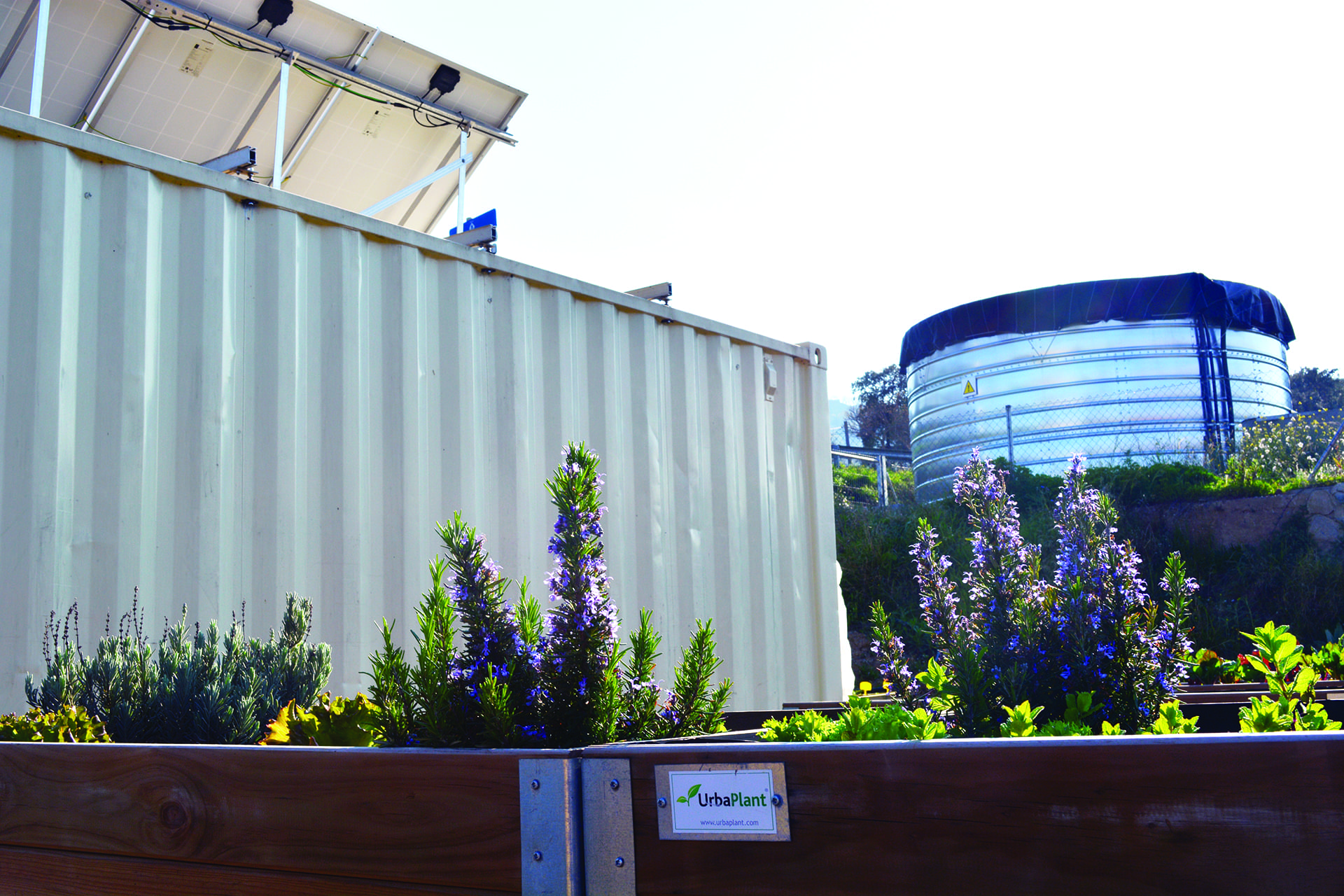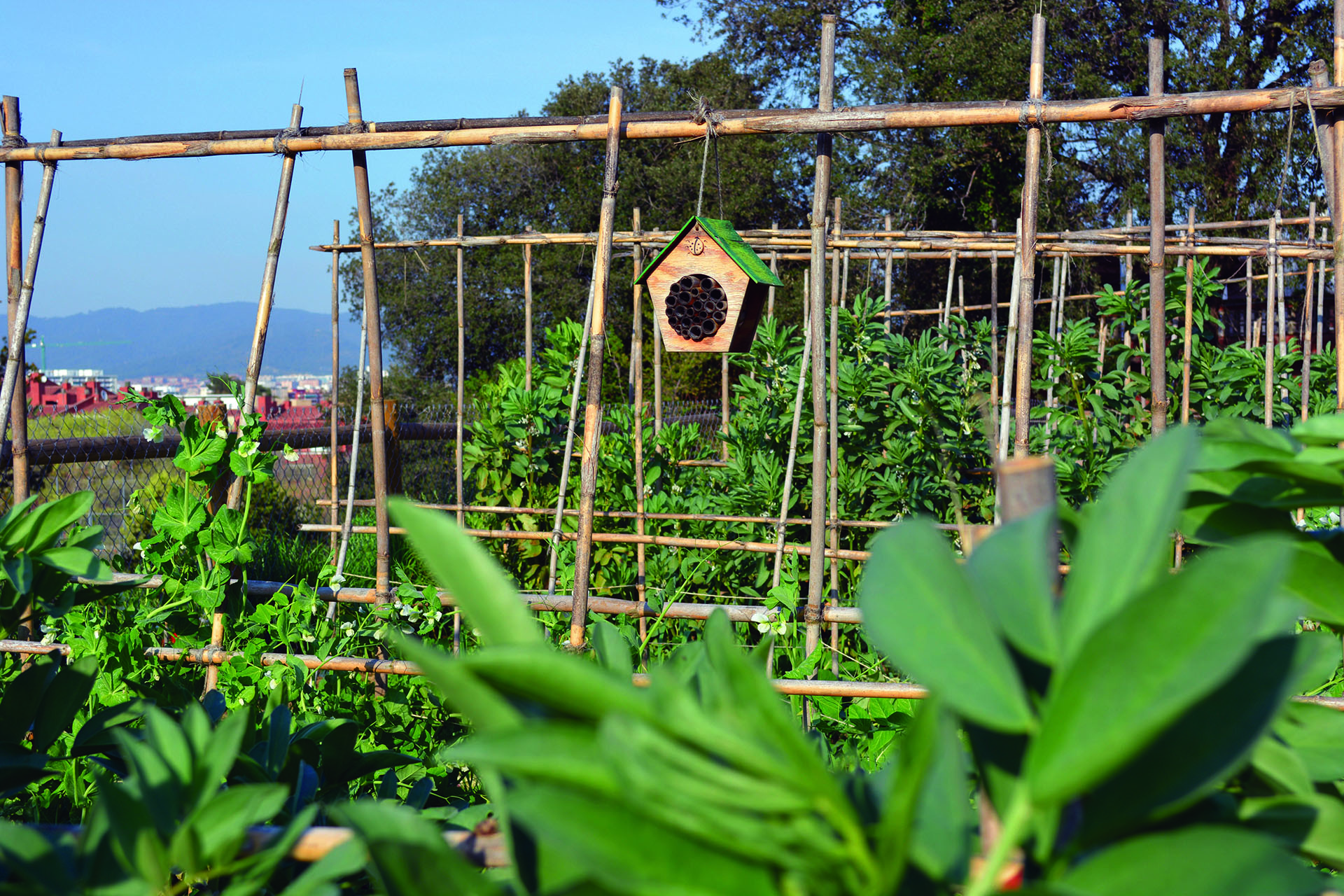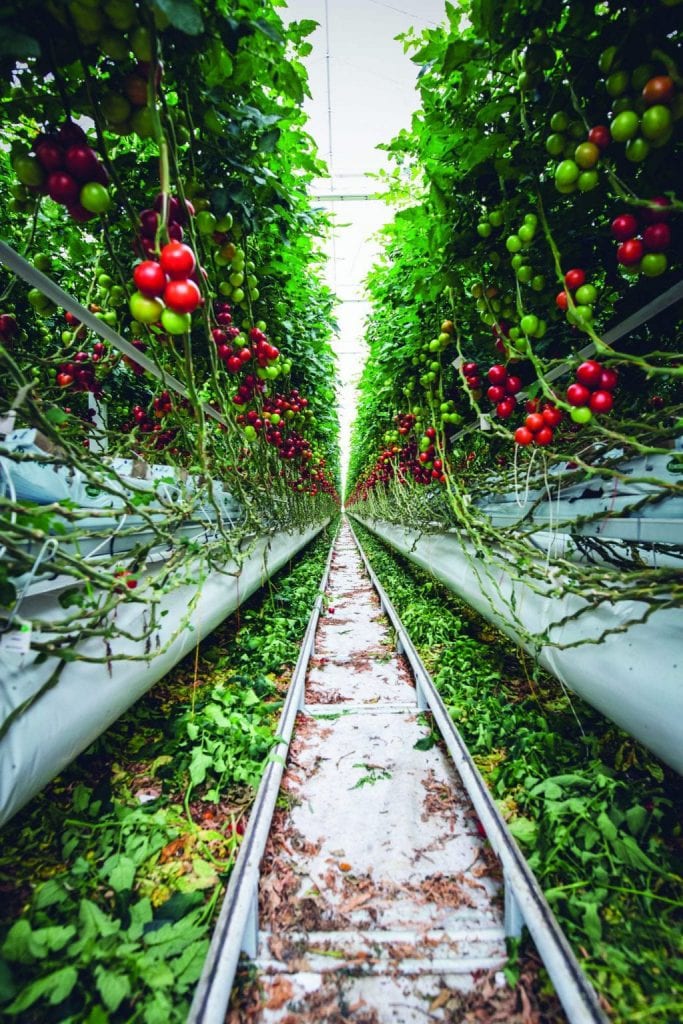Euro-Mediterranean Resource Efficiency for the EU Green Deal
Humanity will consume three times the Earth’s resources by 2050. To avoid this doomsday scenario, improving our global resource efficiency is key and the European Union’s Green Deal has made this one of its top priorities. Here’s a glimpse into Euro-Mediterranean projects that have been making progress on the ground.
The EU’s Green Growth strategy and resource efficiency
The numbers presented in the European Union’s 2020 “Circular Economy Action Plan” are chilling. Over the next forty years, global consumption rates of biomass, fossil fuels, metals and minerals are expected to double, and annual waste generation is projected to increase by 70% by 2050. Half of all greenhouse gas emissions and over 90% of biodiversity loss and water stress are the result of resource extraction and processing. These numbers exemplify the highly resource-intensive “Take-Make-Waste” economic model of the world economy. In line with the United Nations SDG 12 (“Ensure sustainable consumption and production patterns”), increasing our global resource efficiency is crucial to transforming this model. According to the European Commission: Resource efficiency means using the Earth’s limited resources in a sustainable manner while minimizing impacts on the environment. It allows us to create more with less and to deliver greater value with less input.
The European Union’s Green Deal and Circular Economy Action Plan were released in 2020 to illustrate how the European Union is approaching the transition to a circular economy as an opportunity for sustainable growth. Indeed, this “future-oriented agenda” proposes a “regenerative growth model” that returns more to the planet than it extracts, in order to maintain global resource consumption within planetary limitations. It notably relies on “achieving a cleaner and more competitive Europe in co-creation with economic actors, consumers, citizens and civil society organizations.” This new EU industrial strategy, outlined in the Roadmap to a Resource Efficient Europe, will be based on a progressive and yet irreversible transition towards the circular economy, which will rely on moving mainstream economic players into the circular economy model. This will be a decisive step in decoupling economic growth from resource use, with additional gains in terms of competitiveness and economic inclusion. However, the road towards achieving circularity will not be an easy one. Nor is it obvious that other regions in the world will follow. The good news is that we already have numerous examples of concrete efforts to boost resource efficiency.

The Interreg MED Green Growth community’s resource efficiency efforts
Let’s zoom in on the resource-efficiency efforts of the Interreg MED Programme’s Green Growth Community (GGC): this transnational European Cooperation Programme for the Mediterranean area has been driving regional cooperation on a variety of themes, including green growth and innovation. The GGC is one of the networks to have emerged from this regional cooperation mechanism. The GGC focuses on green growth, the circular economy, the sound management of natural resources, enhancing cross-sectoral innovation and promoting green jobs and social justice through an integrated and territorially-based cooperation approach. The GGC consists of 14 projects connecting 165 partners from 12 countries in the Mediterranean working on agrifood, eco-innovation, smart cities, waste management and green growth finance. The Union for the Mediterranean (UfM) labelled the Green Growth Community in October 2019, thereby acknowledging its potential to advance cooperation in the transition to a green and circular economy and to deliver concrete benefits to the Mediterranean region. Through its Green Growth Capitalisation Platform, the GGC supports its projects in their communication and capitalisation efforts to increase their impact at the policy level and to ensure their potential transfer and replication into other territories. One of the GGC’s main outputs consists of four White Papers on the Circular Economy. The “Make more with less: enhancing resource efficiency in the Mediterranean agro-food sector and cities for a circular economy” White Paper specifically targets Resource Efficiency. These projects provide concrete examples of what transitioning toward resource efficiency actually means when it comes to the Mediterranean agrifood sector.

Resource efficiency in the Mediterranean agrifood sector
Resource efficiency in agrifood can be improved in numerous ways. This is reflected in the EU’s food and agriculture Farm to Fork strategy for sustainable food – a strong component of the EU Green Deal. This strategy aims at reducing the use of chemical fertilisers and pesticides as well as antibiotics for farm animals. Together, these unsustainable practices severely pollute soils and water resources and gravely impact biodiversity. If one thinks about resource efficiency in a broader sense, the life support systems that enable us to produce food should also be regarded as fundamental key resources to be preserved and regenerated. This is why the Farm to Fork strategy also addresses biodiversity loss resulting from farming by introducing new labeling regulations that support tree-planting and supply chains that avoid deforestation. More specifically, resource efficiency in the agrifood sector includes:
- Applying agrifood technologies and practices that minimize resource inputs during the production phase, especially for land, water, energy, fertiliser, and pesticides
- Minimizing resource intensity throughout the value chain during the production, packaging and transportation of food; plastic packaging and inorganic materials (films, nylon, greenhouse coverings, agrochemical packaging) contribute to land and marine pollution and are rarely recycled
- Reducing fossil fuel consumption during the transportation of products from farms to processing and packaging locations, and finally to sale points for consumers
- Reducing labour intensity and optimizing the labour to improve efficiency and workplace conditions
- Reducing food waste throughout the production chain
- Keeping products and materials in use and regenerating natural systems, thus embracing sustainability and circularity as a cornerstone of organic production techniques within localized, small-scale food system paradigms
Since 2016, several Interreg MED Green Growth projects have been targeting these challenges to boost resource efficiency. In total, these projects tested and applied 59 pilot applications and worked with 434 companies in Albania, Bosnia & Herzegovina, Croatia, France, Greece, Italy, Portugal, Slovenia and Spain. Here are five projects that stand out for their excellence in advancing resource efficiency:
- MADRE: Scaling up metropolitan and peri-urban agriculture (MPA) in the Mediterranean
The GGC MADRE project promoted and produced an assessment methodology for MPA based on good practices drawn from 6 Mediterranean cities (Barcelona, Bologna, Marseille, Montpellier, Thessaloniki and Tirana). MPA still lacks attention and support within public policies, although it is a powerful vector of sustainability. Indeed, MPA can significantly boost local food production and urban food security, while revalorizing and giving value to abandoned (and often degraded) urban spaces. It can also create new green jobs, foster social inclusion and generate new sources of income, especially for marginalized groups. Producing fresh and often organic local produce brings a host of health and nutritional benefits, while offering lower prices due to the absence of numerous intermediaries that are often involved in the food production, transportation and commercialization process.
In terms of resource efficiency, MPA can drastically reduce the numbers of resource inputs required to produce food. Rainwater harvesting and treated wastewater can be reused for irrigation, and the large amounts of organic waste generated by cities can be composted and used as fertile soils. Paradoxically, the fact that urban spaces often lack biodiversity implies that less pesticides are needed to combat pests that can damage crops, which in turn provides more friendly habitats for essential pollinating insects. Furthermore, “zero-kilometer” food production requires less packaging, refrigeration and fossil fuel inputs related to transport. It can also significantly boost urban biodiversity and play a positive role in reducing the urban heat island effect and providing green spaces in cities. MADRE produced the Agri-Madre mapping of Mediterranean MPA and food systems as well as a Catalogue of Good Practices in Metropolitan Agriculture.

- PEFMED: Applying the EU Product Environmental Footprint to Mediterranean agrifood production
PEFMED applied the EU Product Environmental Footprint method (PEF) and key performance indicators to 9 regional Mediterranean agrifood systems involving the dairy, cured meat, olive oil, wine, livestock feed and bottled water sectors. The project allowed companies and national agrifood associations to take stock of their environmental footprint throughout the entire agrifood supply chain. The project assisted its target groups in greening these chains through the adoption of eco-innovative practices, thereby reducing their environmental impacts and simultaneously boosting their competitiveness in a regional market that is increasingly valorizing sustainable produce. Among others, this enabled companies to identify ways in which to improve their resource efficiency and environmental and socio-economic performance by decreasing their greenhouse gas emissions and water and energy consumption rates. For instance, PEFMED applied its method to the production chain of a company producing Taleggio cheese in Lombardy, Italy. This allowed the company to realize that 81% of its environmental footprint derives from the raw milk production phase, with a further 8.1% deriving from the energy and heat consumption used during the dairy processing. The project therefore proposed that the company install solar thermal panels on its premises to provide a more resource efficient means to satisfy its energy needs.

- REINWASTE: Green manufacturing for the food supply chain with zero inorganic waste solutions
REINWASTE supported agrifood companies in reducing their packaging volumes and replacing single-use packaging with recycled plastics or biological packaging materials. There is a dearth of such widely available technologies and solutions. The project addressed this gap by creating a dataset of enabling technologies highlighting the most promising zero waste products, which rely on chemical recycling and depolymerization, among others. Research was conducted to assess how biodegradable materials such as Polyhydroxyalkanoates (PHA) could replace fossil polymers. With the support of three public-private partnerships (PPPs), the project findings were applied to three value chains to test innovative solutions in inorganic waste: horticulture in Andalucía (Spain), meat in the Provence-Alpes-Côte D’Azur region (France) and dairy in Emilia-Romagna (Italy). REINWASTE’s innovative solutions were also transferred to Bosnia-Herzegovina through 4 knowledge transfer panels aimed at local food producers to identify possibilities for implementation in the Bosnian food industry. REINWASTE also implemented a local project for organic and inorganic waste packaging in Srebrenica municipality that can serve as a model for other Bosnian municipalities. Through REINWASTE’s open and collaborative knowledge and technology transfer, innovative R&D based solutions to remanufacture the food supply chain through waste prevention and eco-design are thus being transferred around the Euro-Mediterranean.
- MED GREENHOUSES: Encouraging green growth through innovative greenhouses
MED GREENHOUSES promoted, disseminated and transferred innovative resource-efficient greenhouses in the Mediterranean area. About 120,000 hectares of land are covered by greenhouses in the Mediterranean. They are usually low cost, low tech, labor-intensive and rudimentarily equipped. The project sensitized greenhouse operators on the numerous ways in which their greenhouses could minimize their water and energy demand. The project also connected research institutions, businesses, public authorities and civil society around this theme by encouraging transnational cooperation and knowledge transfer. These kinds of efforts correspond to those that are required within the framework of the EU Green Deal: sharing innovations and building synergies through continental multi-sectoral clusters and networks is key to increasing resource efficiency along the entire value chain.
The MED GREENHOUSES technology is based on geothermal heat pump systems that make use of shallow geothermal energy present in the Earth’s surface and low depth rock layers, as well as in groundwater with temperatures below 25°C. Compared to conventional greenhouses and open cultivation, these greenhouses can achieve up to 67% energy savings, 45-100% of water savings in comparison to conventional greenhouses, as well as 46-52% lower CO2 emissions and a 30-60% reduction in fertilizer use. Using low geothermal energy in greenhouses allows for year-round cultivation, higher yields and more protection against plant diseases, while substituting fossil fuels with renewable energy sources.
- CAMARG: Clustering innovative zero-kilometer agrifood marketplaces
CAMARG tested an e-commerce marketplace solution to connect small producers (farmers, food artisans, small retailers) in the Mediterranean with consumers in their vicinity, allowing them to better commercialize their products and to better compete with mass retailers. Shortening supply chains in the agrifood industry is key to increasing resource efficiency, since it requires less resources for transport, storage and delivery. This solution is also advantageous for consumers, who can now access high-quality seasonal and local produce at an affordable cost. Ultimately, this can lead to behavioral change, in which consumers automatically prefer local producers to mass retail outlets. CAMARG involved 54 producers in four regions offering 358 products within 11 different food categories.
These Interreg MED Green Growth projects illustrate the many ways in which resource efficiency can be applied across sectors, actors and levels as an opportunity for sustainable growth. By developing transferrable and collaborative circular economy models for the agrifood industry, these projects are contributing to the EU Green Deal and providing a wealth of inspiration and experience for European actors to draw from.
Learn more about the Interreg MED Green Growth Community in this Q&A with its lead coordinator, Mercè Boy Roura.
To learn more about the Interreg MED Green Growth Community’s upcoming activities, join the Green Growth Capitalisation Platform and follow us on social media! You can find our connection details on the next page.